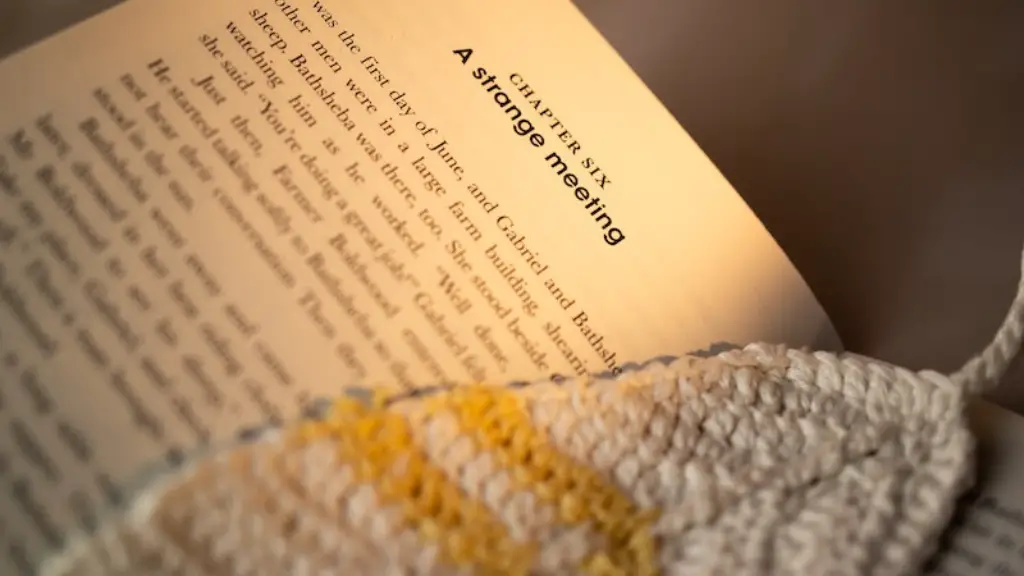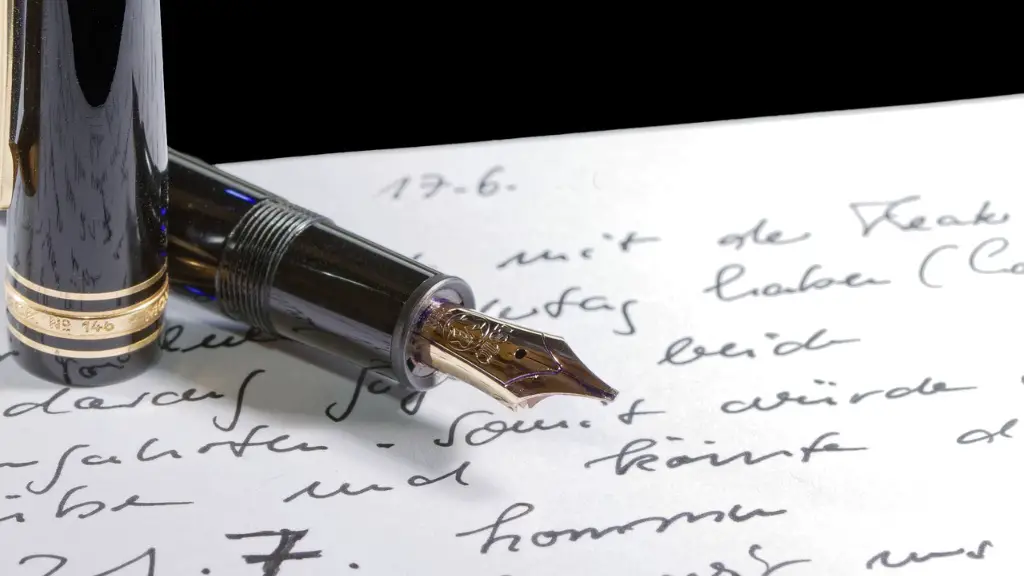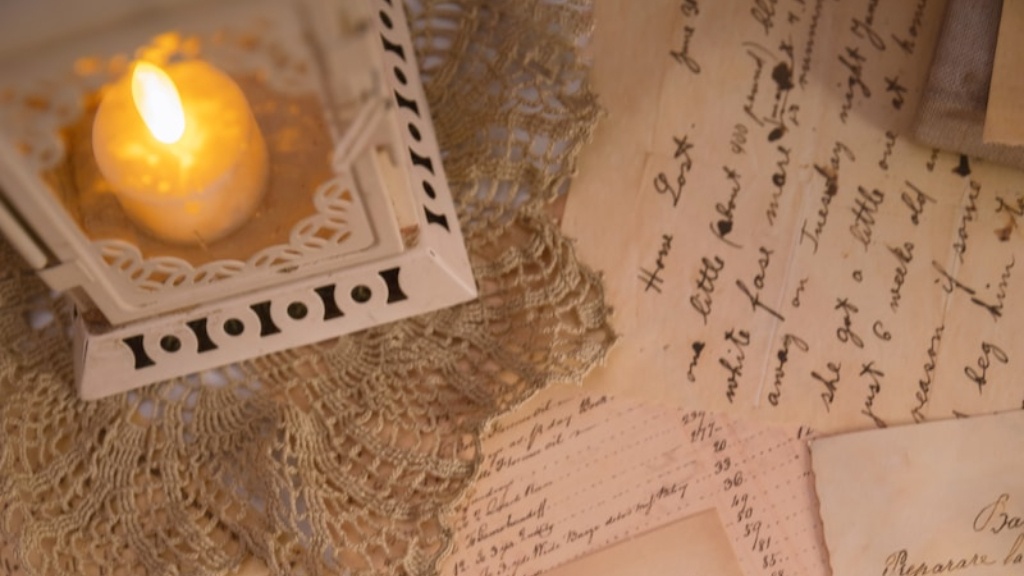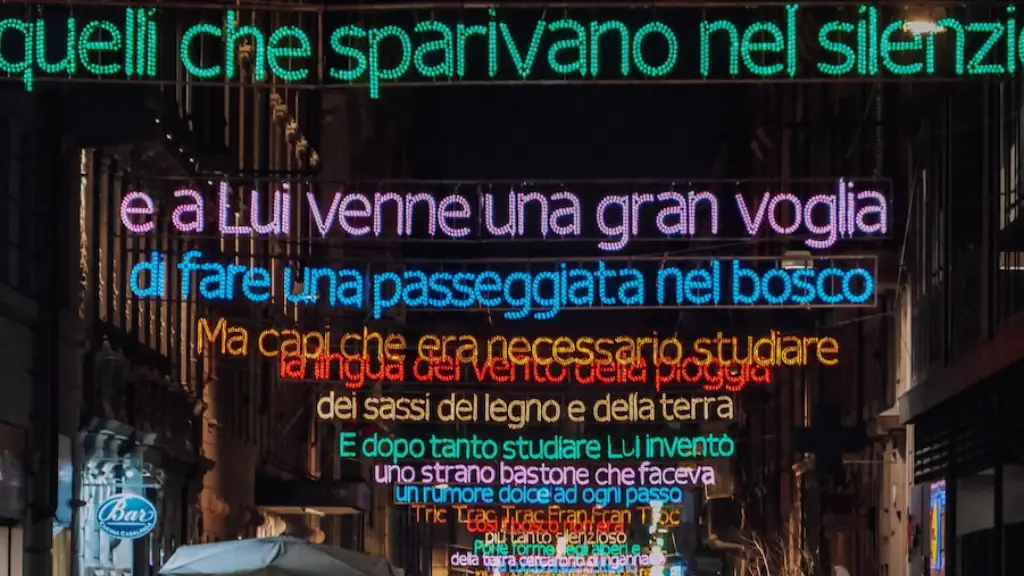What is an Imagery in Poetry?
Imagery refers to the language used by the poet to appeal to his readers’ senses in order to evoke an emotional response from them. Imagery can be found in lyrics, stories, and other forms of written media and is often used to convey messages and create meaning. Imagery is also a way to present metaphors and similes, as it allows poets to give readers a more vivid experience of the world and its wonders.
Imagery can play a role in the form, structure, and even the meaning of a poem. When the poet uses expressive and descriptive language, the reader is able to visualize the characters, events, and settings with greater detail. By using words and phrases in a very descriptive and realistic way, poets can create an image that captures the reader’s attention. Through imagery, the poet is able to draw the reader into the poem and deepen their connection to it.
The depth of the imagery in a poem also depends on the poet’s ability to construct ideas and meanings with words. The imagery should create a vivid and engaging experience, allowing the reader to feel what the poem is trying to convey. It should not be overly descriptive, as this can often lead to confusion. Instead, the poet should carefully select words that invoke powerful emotions and images that capture the reader’s interest.
A great example of imagery in poetry can be found in the poem ”The Road Not Taken” by Robert Frost. In this poem, Frost uses vivid descriptions and similes to create images in the reader’s mind. For example, he writes, “Two roads diverged in a yellow wood/ And sorry I could not travel both/ And be one traveler, long I stood/And looked down one as far as I could/To where it bent in the undergrowth.” Through this imagery, Frost paints a beautiful picture of a diverging crossroad, leaving readers with a vivid vision of the events within the poem.
Imagery in Poetry and Its Importance
Imagery is an important element of poetry, as it is one of the elements that make a poem unique. By creating descriptive and vivid images, poets can engage the reader and create an emotional experience. Therefore, imagery can be used to convey messages, evoke emotions, and develop characters or themes. By using imagery, the poet has a greater control of the reader’s emotional experience, enabling them to draw the reader into their poem and create an emotional experience that is unique to that particular poem.
Imagery is also important in the development of characters and themes. It enables the poet to create a vivid representation of their characters and convey the theme of the poem in a more detailed way. By using description and vivid language, the poet is able to give the reader a clearer understanding of the characters and their motivations, as well as the theme of the poem.
Moreover, imagery also helps to make the poem more memorable and engaging. By creating vivid images, poets can evoke powerful emotions and create a more lasting impression on the reader. This can make a poem more memorable and therefore more likely to be remembered by people.
How to Use Imagery in Poetry
When using imagery in poetry, the poet should select words that help create strong images. Poets should be careful to not be overly descriptive, as this can often lead to confusion. Instead, they should carefully select words that evoke powerful emotions and images that capture the reader’s attention.
The poet should also strive to create vivid images. They should make use of descriptive language that helps create an enticing and engaging experience for the reader. Additionally, the poet should use words that create strong emotion and vivid images that capture the reader’s interest.
The poet should also be mindful of the structure of the poem and make use of metaphors and similes that can help to draw the reader into the poem and deepen their connection to it. Furthermore, the poet should keep in mind the theme of the poem and make use of imagery that conveys this theme in a more detailed way.
Examples of Imagery in Poetry
One of the most famous examples of imagery in poetry is in William Wordsworth’s poem ”The Daffodils”. In this poem, Wordsworth paints a beautiful image of daffodils dancing in a field, creating a vivid and engaging vision for the reader. He writes: ”I wandered lonely as a cloud/That floats on high o’er vales and hills/When all at once I saw a crowd/A host of golden daffodils/Beside the lake, beneath the trees/Fluttering and dancing in the breeze.” Wordsworth creates a powerful image of daffodils that helps evoke powerful emotion and create a lasting impression on the reader.
Another great example of imagery in poetry is in Alfred Lord Tennyson’s poem ”The Eagle”. In this poem, Tennyson create a vivid and powerful image of an eagle perched atop a rock, surveying his domain. He writes, ”He clasps the crag with crooked hands;/Close to the sun in lonely lands,/Ringed with the azure world, he stands.” Through this image, Tennyson is able to create a powerful vision of the eagle and his domain, making it come alive in the reader’s mind.
Imagery in Poetry and How It Can Engage the Reader
Imagery is a powerful tool for poets to engage their readers. By using vivid and descriptive language, the poet is able to create an image that captures the reader’s interest and takes them on an emotional journey. Through imagery, the poet can evoke powerful emotions and create a lasting impression on the reader.
Imagery can also be used to convey messages, create characters, and develop themes. By using vivid language, the poet can draw the reader into the poem and make them feel what the poem is trying to convey. The poet can also use descriptions and similes to create vivid images that capture the reader’s attention and evoke powerful emotions.
Finally, imagery can also be used to evoke powerful emotions. By using vivid and descriptive language, the poet can evoke strong emotions in the reader and create a more lasting impression that will stay with them. Imagery is one of the most powerful tools a poet has to engage their readers and evoke powerful emotions.
How Imagery Helps in Writing Poetry
Imagery plays a key role in creating a successful poem. By using vivid and descriptive language, the poet is able to draw the reader into their poem and emotionally connect them to it. Using imagery, the poet can evoke powerful emotions and create a more lasting impression that will stay with the reader for many years.
Imagery also helps the poet create a vivid image in the reader’s mind. Through descriptions and similes, the poet can create a detailed image that the reader can visualize, bringing the poem to life. This helps the reader to understand the poem better and connects them to it more deeply.
Finally, imagery also helps the poet create a vivid representation of characters and settings. By using vivid language, the poet can create a meaningful representation of the characters and settings within their poem, deepening the reader’s connection to them. This enables the poet to create an engaging story that the reader can connect to on a deeper level.
Conclusion
Through the use of vivid and descriptive language, poets are able to draw readers into their poem and create an emotional experience. By using imagery, poets can evoke powerful emotions, create characters and settings, and convey messages and themes. Imagery plays a key role in creating a successful poem and should be carefully used to create a vivid image that engages the reader and evokes powerful emotions.




